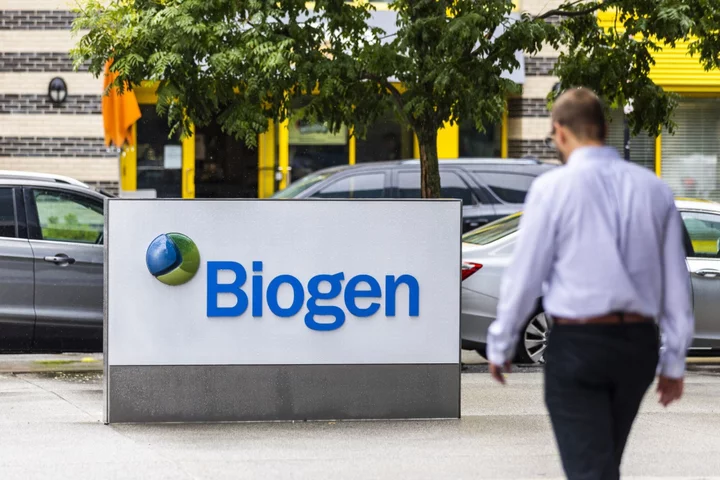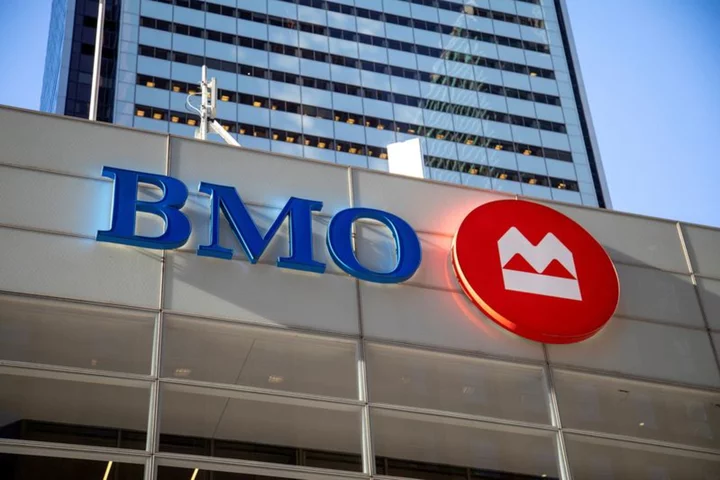Levi Strauss & Co. reported quarterly revenue that missed expectations as performance at retailers including department stores dragged down results, leading the company to cut its full-year sales outlook.
The denim brand is taking a more “cautious approach” to its projections for the current quarter, according to a statement Thursday. It now expects full-year earnings per share, excluding some items, to be on the low end of its previously stated $1.10 to $1.20 range, and Levi scaled back its revenue outlook as well.
Sales in the quarter ended Aug. 27 was just short of estimates, with weakness in Europe and North America offsetting growth in Latin America and Asia.
The shares fell 1.4% at 6:17 p.m. in late trading in New York, pairing a deeper decline. This year through Thursday’s close, the stock has declined 15%.
“The middle-income consumer and below are definitely being impacted, especially here in the US, but that’s also true in parts of Europe,” Chief Executive Officer Chip Bergh said in an interview, pointing to elevated rates of inflation and high interest rates that have pushed up the costs of mortgages. “The consumer is really feeling squeezed.”
To encourage shoppers to buy, Bergh said that Levi cut prices on six items sold at wholesalers in the US, including on men’s 502 and 512 jeans. Many of those price cuts began to take effect for shoppers in August. “It looks like it has had a positive impact,” he added in the interview, and pushed sales of those items higher.
As the first of the major US apparel retailers to report during the current earnings cycle, Levi’s earnings will be closely watched — and they may fuel expectations for further downbeat performances. Apparel companies such as Gap Inc. and big vendors such as Macy’s Inc. typically release their earnings in late November.
The fact that Levi, which has met or exceeded revenue expectations in most of its recent quarters, remains cautious even after cutting its annual guidance in July hints at a bleaker outlook for the industry. The company has cited increasingly price-sensitive shoppers — particularly those who shop at lower-priced wholesale partners like Walmart Inc.
Direct-to-consumer revenue increased 14% in the company’s fiscal third quarter, while wholesale revenue fell 8%. Sales in the Americas dipped 5%, while Asia jumped 12%, reflecting strong growth in China.
The denim brand said it’s accelerating the transition to a more direct-to-consumer model, and is creating “an initiative to review our operating model and cost structure that should drive agility and material cost savings beginning in 2024.”
Executives said they would provide more details to analysts and investors during the next quarterly results. Michelle Gass, Levi’s president who will eventually replace Bergh as CEO, told analysts during an earnings call on Thursday that the company is pivoting to expand on its denim business by trying to sell more tops, skirts and dresses.
(Updates with details on price cuts in sixth paragraph, shares in fourth paragraph and more details in final graph)









